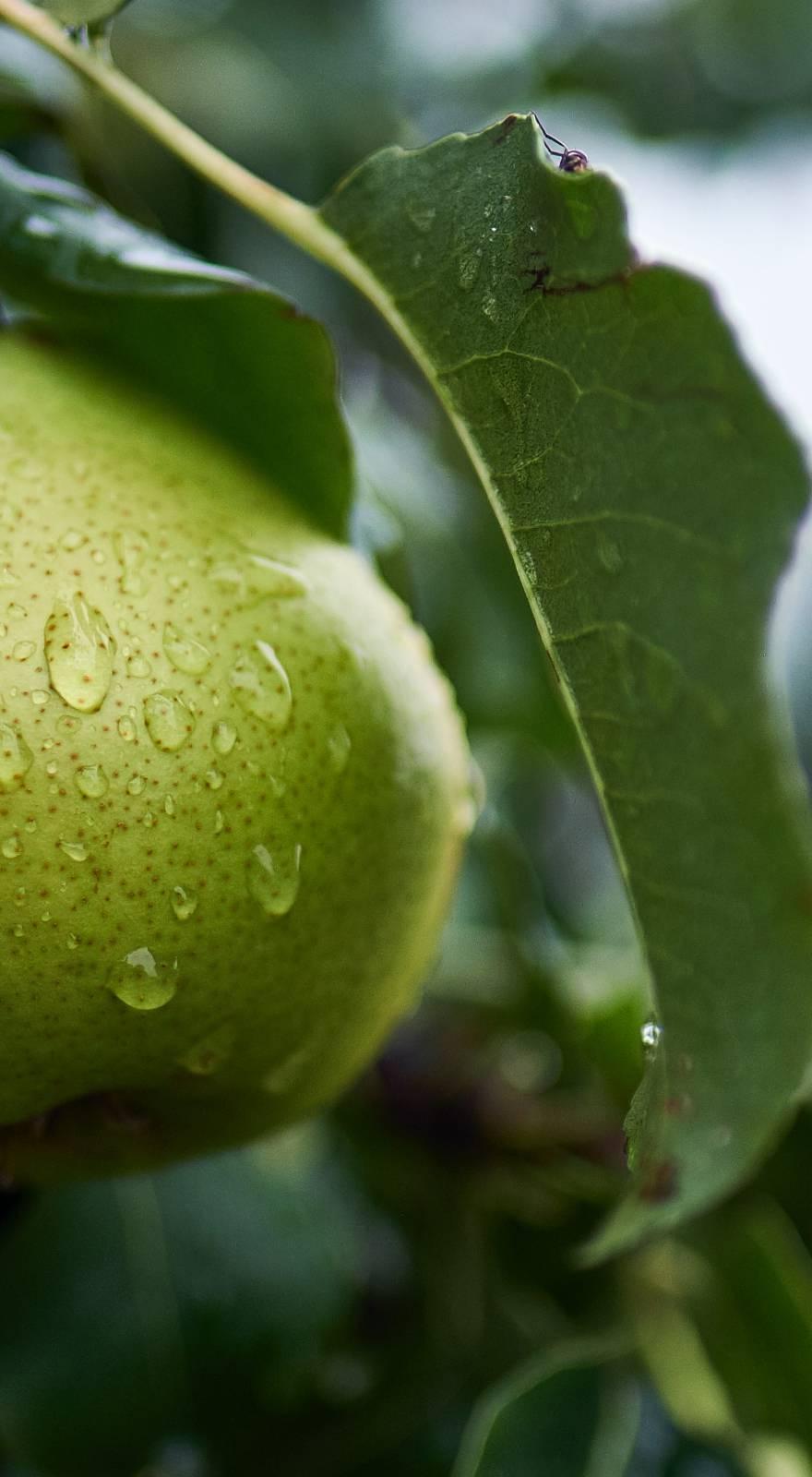Knowde Enhanced TDS
Identification & Functionality
- Agrochemical Functions
- Technologies
- Product Families
- Active Ingredient
Pyrimethanil: 4,6-dimethyl-N-phenyl-2-pyrimidinamine* 37.14% Other Ingredients 62.86% Total 100.0% Contains 3 .27 lbs . active ingredient per gallon (400 g/L)</p>
Features & Benefits
- Labeling Claims
Applications & Uses
- Markets
- Applications
- Application Technique
- Direction For Use
It is a violation of Federal law to use this product in a manner inconsistent with its labeling. Apply this product only as specified on this label.
Regulatory & Compliance
- Certifications & Compliance
Safety & Health
- Precautionary Statements
HAZARDS TO HUMANS & DOMESTIC ANIMALS CAUTION Harmful ifswallowed, inhaled or absorbed through skin. Avoid contact with skin, eyes or clothing. Avoid breathing spray mist. Prolonged or frequently repeated skin contact may cause allergic reactions in some individuals. Wash thoroughly with soap and water after handling and before eating, drinking, chewing gum, or using tobacco. Wear long-sleeved shirt and long pants, socks, shoes, and chemical-resistant gloves (Natural Rubber, Selection Category A). Remove and wash contaminated clothing before reuse.
- First Aid
If on skin - Take off contaminated clothing.
- Rinse skin immediately with plenty of water for 15-20 minutes.
- Call a poison control center or doctor for treatment advice.
If inhaled - Move person to fresh air.
- If person is not breathing, call 911 or an ambulance, then give artificial respiration, preferably mouth-to-mouth if possible.
- Call a poison control center or doctor for further treatment advice.
If swallowed - Call a poison control center or doctor immediately for treatment advice. Have person sip a glass of water if able to swallow.
- Do not induce vomiting unless told to do so by a poison control center or doctor.
- Do not give anything by mouth to an unconscious person.
- Environmental Hazards
Do not apply directly to water, to areas where surface water is present or to intertidal areas below the mean high water mark. Do not contaminate water by cleaning of equipment, or disposal of wastes. Do not discharge enuent containing this product into lakes, streams, ponds, estuar - ies, oceans or other waters unless in accordance with the requirements of a National Pollutant Discharge Elimination System (NPDES) permit and the permitting authority has been noti ed in writing prior to discharge. Do not discharge enuent containing this product to sewer systems without previously notifying the localsewage treatment plant authority. For guidance contact your State Water Board or Regional Once of the EPA.
Storage & Handling
- Storage And Disposal
Do not contaminate water, food, or feed by storage and disposal.
STORAGE: Store in original containers only. Keep container closed when not in use. Do not store near food or feed. In case of spill or spill on door or other hard surfaces, mop and remove to chemical waste storage area until proper disposal can be made if product can not be used according to the label. Take special care to avoid contamination of equipment and facilities during cleanup procedures and disposal of wastes.
DISPOSAL: Wastes resulting from the use of this product must be disposed of on site or at an approved waste disposal facility.
CONTAINER HANDLING: Nonrefillable container. Do not reuse or refill this container. Triple rinse container (or equivalent) promptly after emptying. Triple rinse as follows: Empty the remaining contents into application equipment or a mix tank and drain for 10 seconds after the low begins to drip. Fill the container ¼ full with water and recap. Shake for 10 seconds. Pourrinsate into application equipment or a mix tank orstore rinsate forlater use or disposal. Drain for 10 seconds after the flow begins to drip. Repeat this procedure two more times. Offer for recycling, if available, or puncture and dispose of in a sanitary landfill, or incineration, or, if allowed by state and local authorities, by burning. If burned, stay out of smoke.

